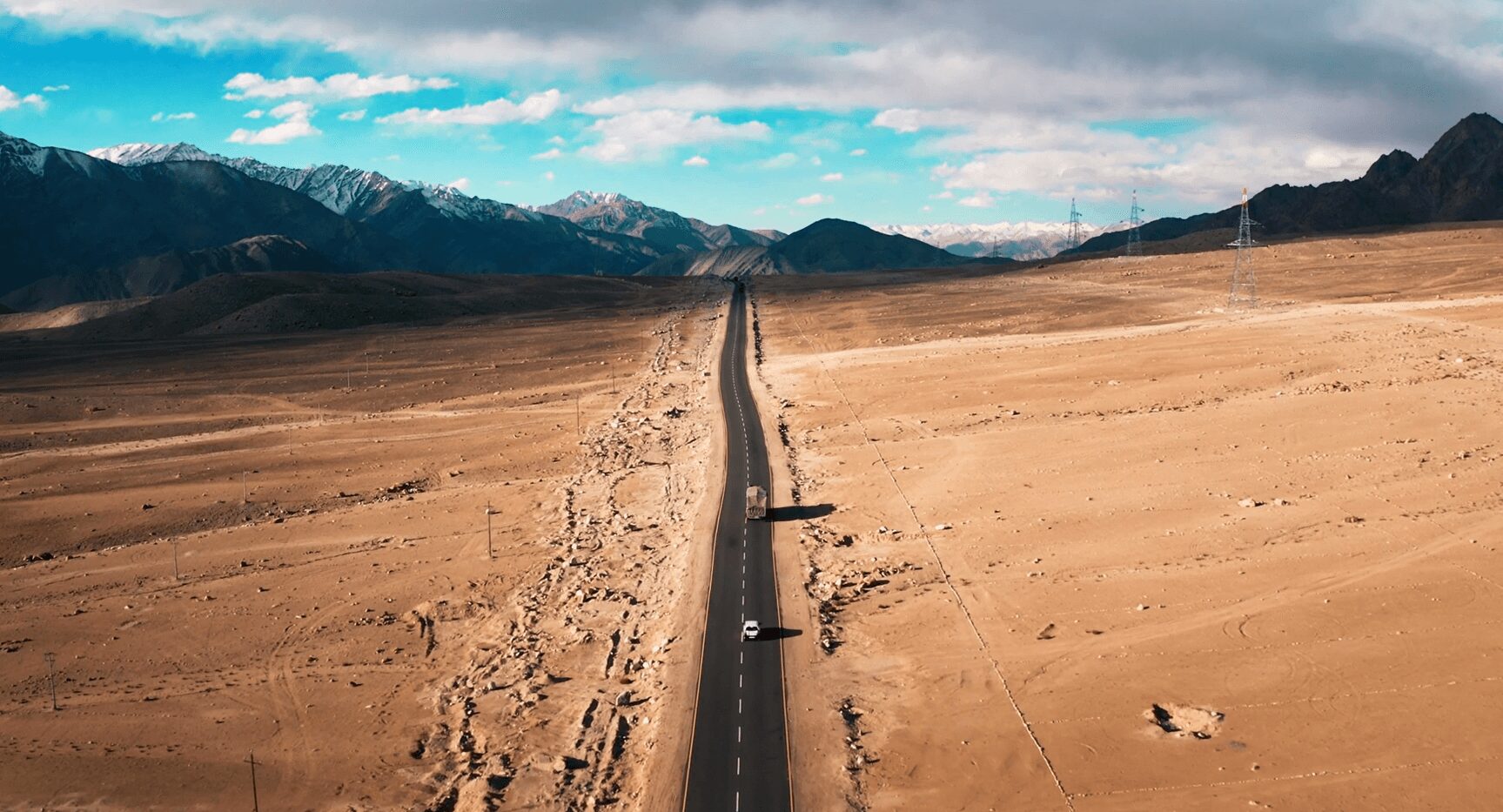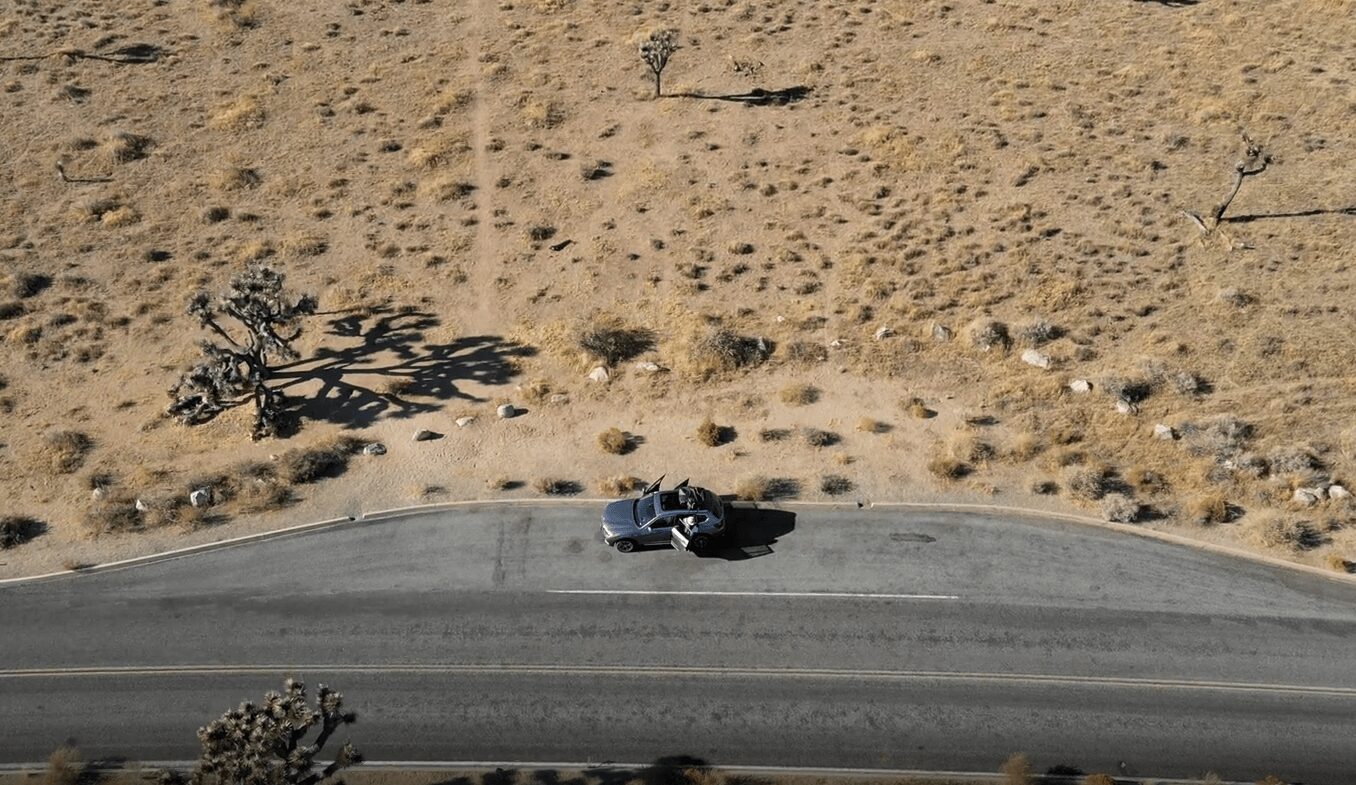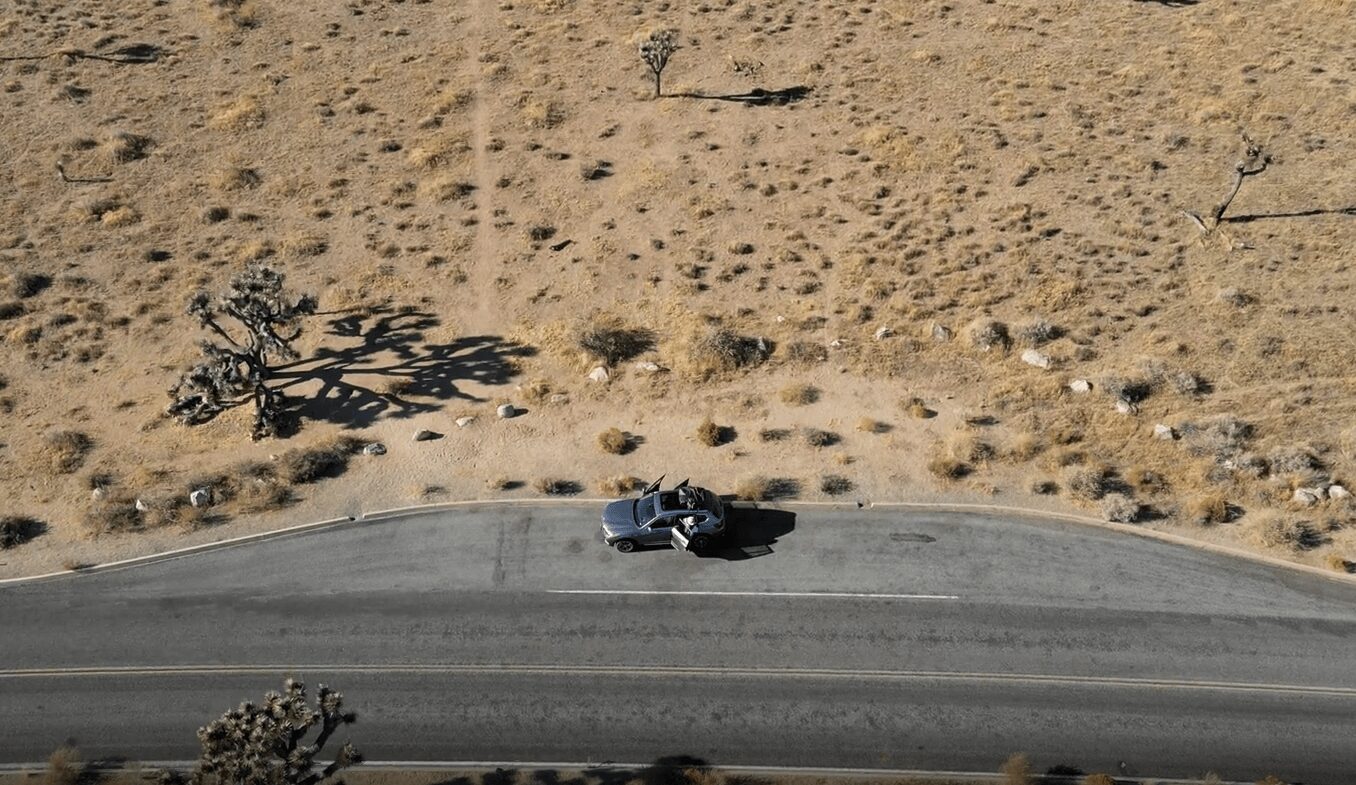Route 66, famously known as the “Mother Road,” is an iconic highway in the United States that stretches over 2,400 miles from Chicago to Santa Monica. It represents a significant piece of American history and culture, attracting countless tourists every year who seek to experience its nostalgic charm and scenic landscapes.
However, despite its allure, Route 66 is considered dangerous by many travelers. This article explores the various factors that contribute to its reputation for danger, supported by recent data and statistics.
Historical Background of Route 66
Route 66 was established in 1926 and became one of the original highways in the U.S. Highway System. It played a crucial role during the Dust Bowl of the 1930s, as thousands of displaced families traveled west in search of better opportunities. Over the decades, Route 66 became a symbol of freedom and adventure, immortalized in literature, music, and popular culture.
Despite its cultural significance, the infrastructure of Route 66 has not kept pace with modern road safety standards. Many sections of the highway have deteriorated over time, contributing to its dangerous reputation.
Road Conditions and Maintenance

One of the primary reasons why Route 66 is considered dangerous is its inconsistent road conditions. Over the years, many parts of the highway have not been adequately maintained, leading to poor road surfaces. Drivers may encounter potholes, uneven pavement, and narrow lanes, particularly in rural areas. These conditions can make driving hazardous, increasing the risk of accidents.
According to recent data, Mohave County, AZ, which Route 66 passes through, reported numerous serious accidents in 2022 and 2023. These accidents involved cars, motorcycles, and pedestrians, highlighting the ongoing risks associated with traveling this historic route.
Inadequate Maintenance
The lack of regular maintenance has left many sections of Route 66 in a state of disrepair. Potholes and cracks in the pavement are common, and some parts of the road have narrow lanes that do not meet modern safety standards. These conditions require drivers to be extra cautious and can be particularly challenging for those unfamiliar with the route.
Historical “Bloody 66”
Historically, Route 66 was nicknamed “Bloody 66” due to the high number of fatal accidents. During the mid-20th century, when road travel boomed, the highway saw a significant increase in traffic. The combination of increased traffic and inadequate infrastructure led to a spike in accidents and fatalities.
Weather and Environmental Hazards

Route 66 traverses diverse climates, exposing travelers to various weather-related hazards. These environmental factors significantly contribute to the dangers of traveling this iconic route.
Tornadoes and Severe Storms
A significant portion of Route 66 runs through Tornado Alley, a region known for its high frequency of tornadoes. States like Missouri, Kansas, Oklahoma, and Texas are particularly prone to tornadoes and severe thunderstorms, especially during the spring and early summer months. Tornadoes are unpredictable and can cause extensive damage, making it essential for travelers to stay informed about weather conditions.
Extreme Heat
In the Southwest, travelers face extreme heat, especially during the summer months. Temperatures can soar above 100°F, which can lead to vehicle overheating and dehydration. Ensuring that the vehicle is well-maintained and carrying extra water is crucial for safety. The heat can also cause tire blowouts and other mechanical issues, posing additional risks.
Flash Floods
Flash floods are another significant hazard, particularly in desert areas where sudden rainfall can turn dry stream beds into dangerous torrents. These floods can wash out roads and make them impassable, trapping vehicles and endangering lives. Drivers must be aware of weather forecasts and avoid areas prone to flooding during heavy rain.
Winter Weather
In higher elevations and northern sections of Route 66, winter weather can pose significant risks. Snow and ice can make driving treacherous, leading to accidents. Black ice is particularly dangerous as it is difficult to see and can cause vehicles to lose control. Travelers must be prepared for sudden weather changes and check forecasts regularly.
Limited Services and Emergency Response

Another factor contributing to the dangers of Route 66 is the limited availability of services and emergency response in many areas. The route often passes through remote and rural regions with sparse populations and limited infrastructure.
Sparse Gas Stations and Rest Areas
Long stretches of Route 66 lack gas stations, rest areas, and other essential services. This scarcity can be problematic, especially for travelers unfamiliar with the route. Running out of fuel or not having a place to rest can lead to dangerous situations. Planning ahead and knowing where the next service stop is located is crucial for a safe journey.
Delayed Emergency Response
In the event of a breakdown or accident, response times for tow trucks and emergency services can be significantly longer than in urban areas. Remote sections of the highway may see delays of several hours before help arrives. This delay can be critical in emergencies, highlighting the importance of being prepared with supplies and a plan.
Lack of Cellular Coverage
Many parts of Route 66 lack reliable cell phone coverage, making it difficult to call for help in case of an emergency. Travelers should carry a paper map, inform someone of their travel plans, and check in regularly. Having a backup communication plan, such as a satellite phone, can also be beneficial.
Traffic and Tourist Hazards

Route 66 is a popular tourist destination, particularly during the summer months. This high volume of traffic can lead to congestion and increased accident risks.
High Traffic Volume
During peak travel times, the highway experiences heavy traffic, which can be challenging to navigate. Congestion near popular tourist attractions can lead to accidents, especially for drivers unfamiliar with the area. Planning the trip to avoid peak times and being patient in traffic can help reduce these risks.
Distracted Driving
The scenic views and historical landmarks along Route 66 can be distracting for drivers. While appreciating the beauty and history of the route is part of the experience, it is crucial to remain focused on driving. Distracted driving is a significant cause of accidents, and travelers must stay alert to their surroundings at all times.
Limited Lighting at Night
Driving on Route 66 at night poses additional dangers due to inadequate lighting. Many sections of the road are poorly lit, making it difficult to see obstacles, wildlife, or other vehicles. This lack of visibility increases the risk of accidents, particularly for those unfamiliar with the route. Avoiding nighttime driving when possible and using high beams responsibly can help mitigate these risks.
Modern-Day Safety Concerns

Despite improvements in vehicle safety features and road design, Route 66 continues to pose significant risks. The combination of historical infrastructure, varying weather conditions, and high tourist traffic makes it a challenging route for modern travelers.
Safety Measures and Tips
To mitigate the dangers of traveling on Route 66, it is essential to take several safety measures:
- Vehicle Maintenance: Ensure that the vehicle is in good condition before embarking on the journey. Regular maintenance checks, including tire pressure and fluid levels, are crucial.
- Emergency Supplies: Carry essential supplies such as extra water, coolant, a first-aid kit, and a spare tire. Having a basic toolkit and knowing how to perform simple repairs can also be beneficial.
- Weather Awareness: Stay informed about weather conditions along the route. Use weather apps and listen to local news for updates. Avoid traveling during severe weather if possible.
- Route Planning: Plan the route and stops in advance. Use offline maps and inform someone of your travel plans. Knowing the location of gas stations and rest areas can help prevent emergencies.
- Avoid Nighttime Driving: Try to avoid driving at night, especially in poorly lit areas. If nighttime driving is necessary, use high beams when appropriate and be extra cautious.
- Stay Focused: Avoid distractions while driving. Enjoy the scenery and attractions during stops, but remain focused and alert while on the road.
Conclusion
Route 66 remains an iconic symbol of American history and adventure, attracting travelers from around the world. However, its reputation for danger is well-founded due to various factors, including poor road conditions, extreme weather, limited services, high traffic volume, and inadequate lighting.
By understanding these risks and taking appropriate safety measures, travelers can enjoy the journey along Route 66 while minimizing the dangers associated with this historic highway.

